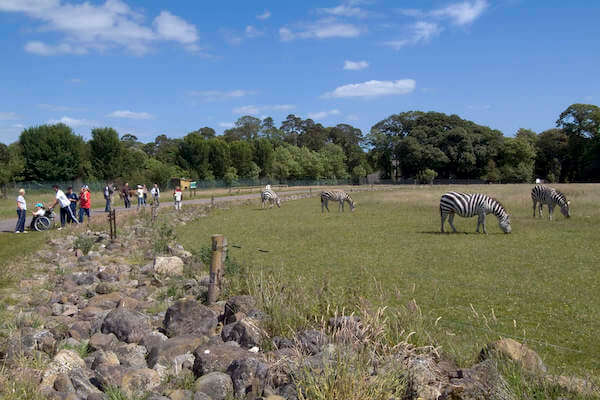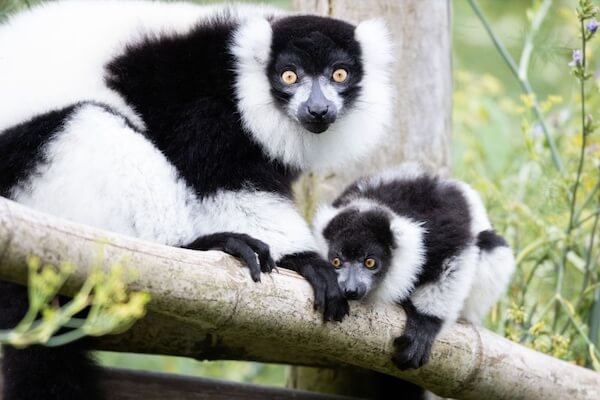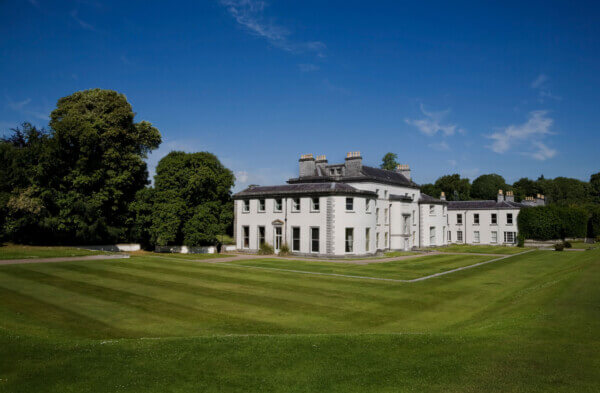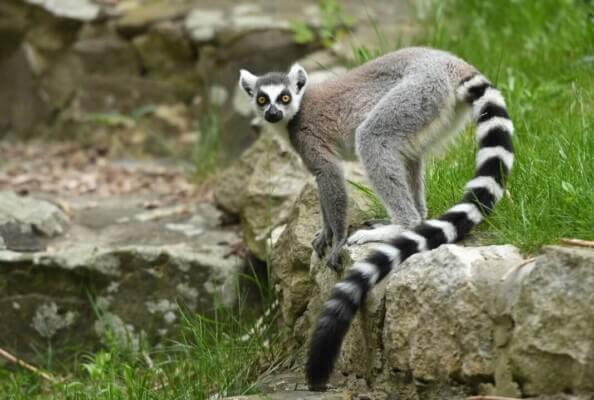Fota Wildlife Park located on Fota Island off the coast of County Cork added an exciting new feature in 2019 to its 100-acre property known for housing a variety of mammal and bird species.

This news item and page contain affiliate links and I may earn compensation when you click on the links at no additional cost to you.
The addition to the park is called The Madagascan Village and has proven to be very popular at the County Cork attraction.
It was specially built to accommodate two near-extinct types of lemur.
They include the blue-eyed black lemur and the red-bellied lemur.

These lemurs are typically found on the island of Madagascar, located in the Indian Ocean.
The island has lost 90 percent of its forest cover in the past 200 years and as a result, much of its animal and plant life is in danger of becoming extinct, which is why the new facility is so important for visitors to see.
The indoor village also houses fish, amphibians, reptiles, and insects.
In 2013, the park celebrated the opening of its “Tropical House,” which is home to three types of reptiles, nine types of amphibians, 28 fish, and 14 species of butterfly, as well as many tropical plants.

Its 27-acre Asian sanctuary, which also opened in 2013, includes habitats for Sumatran tigers, Indian rhinos, lion-tailed macaques, and Asian lions.
The “African Savannah” includes exotic animals like the ostrich, Grant’s zebra, the scimitar-horned oryx, and Rothschild’s breed of giraffe.

The park’s “Monkey Island” includes the black howler monkey, Columbian spider monkeys, and the Siamang gibbon, among others.
The Fota Wildlife Park is well known for its contributions to worthy conservation causes. Recently, it donated €320,000 to a breeding program to save the Madagascar Pochard from extinction and as a result, a group of captive-reared pochards was released into the wild around Lake Sofia in Northern Madagascar.
Fota Island was the former home of the Smith-Barry family, descendants of Normans who settled in Ireland during the 12th century.
The family’s estate was sold to University College Cork in 1975.

Fota Wildlife Park, which is just over 6 miles (10 km) outside Cork City, is open year-round except for Christmas Day and St. Stephen’s Day (Dec. 26th) from 10 a.m. to 4:30 p.m.
The last entry is at 3 p.m. each day.
Admission for adults is €16.90, children under 16, €11.50, and €12.50 for students with a valid ID and seniors. Prices for families vary.
It is best to check the website for more details.

